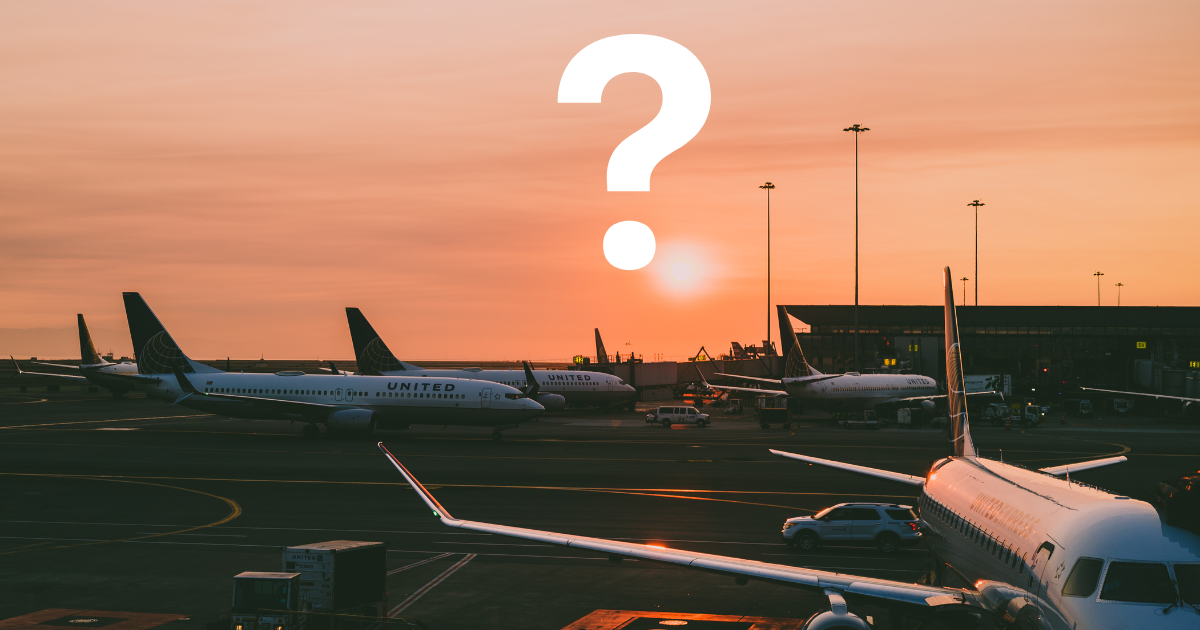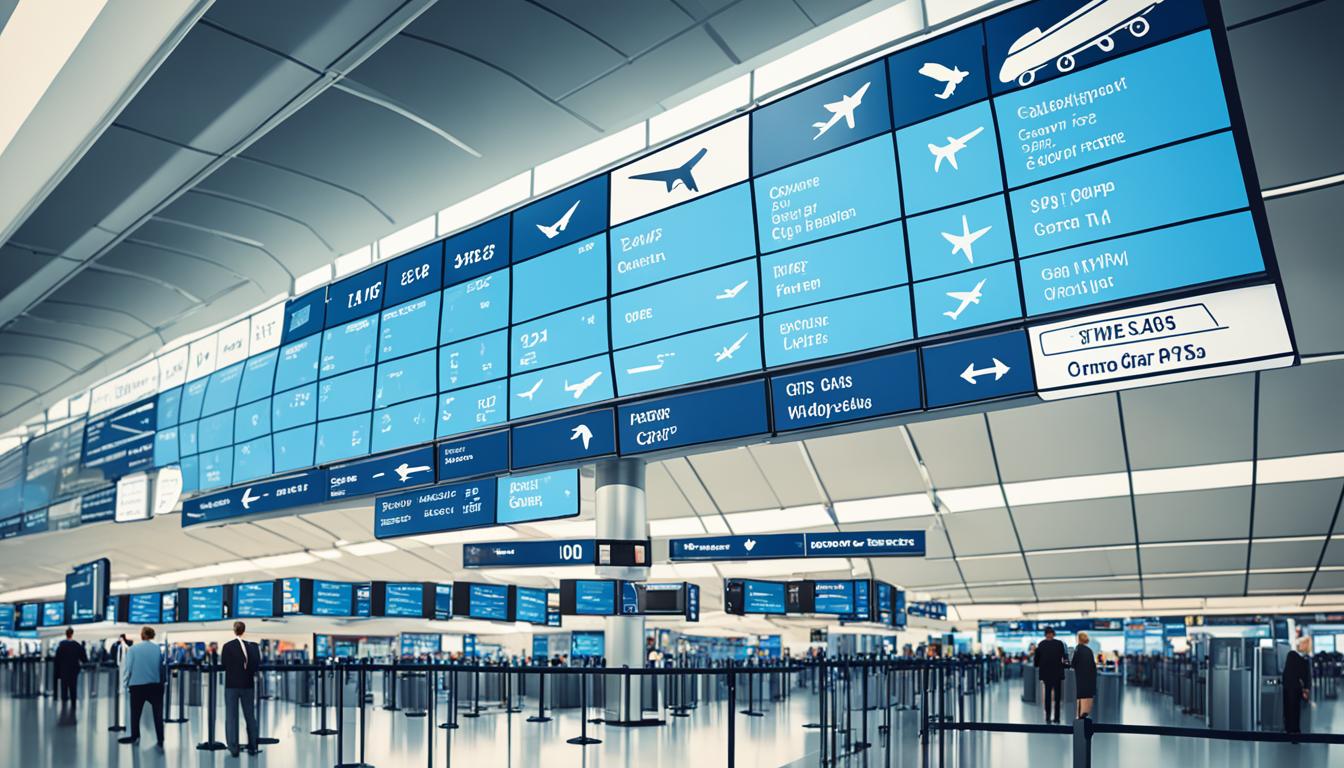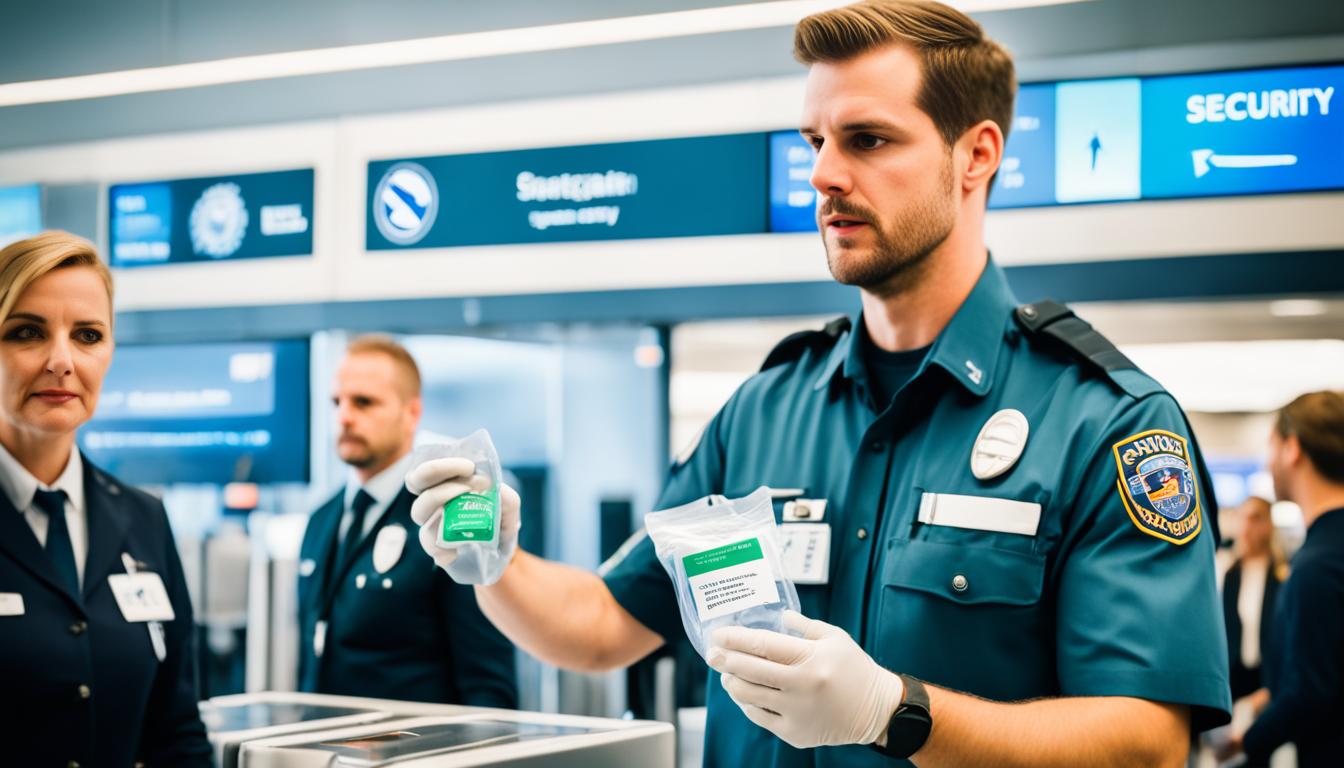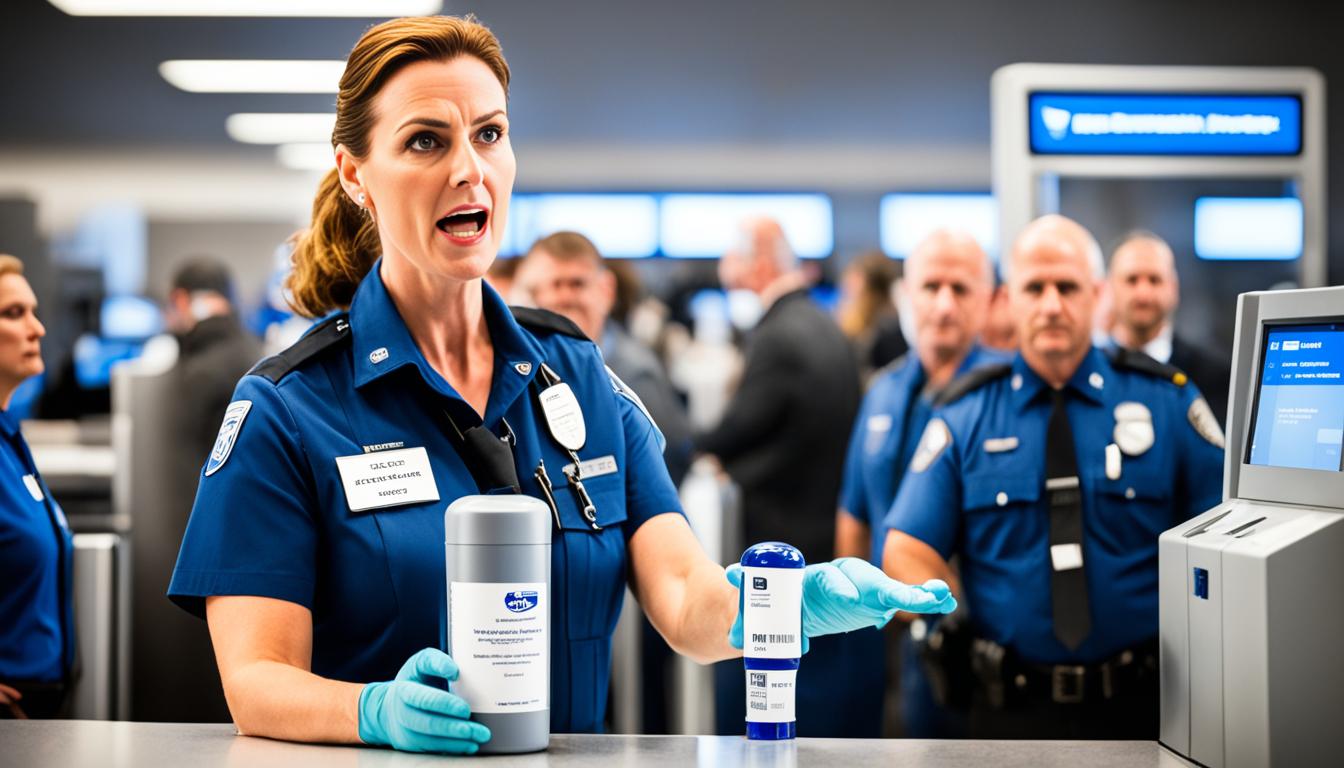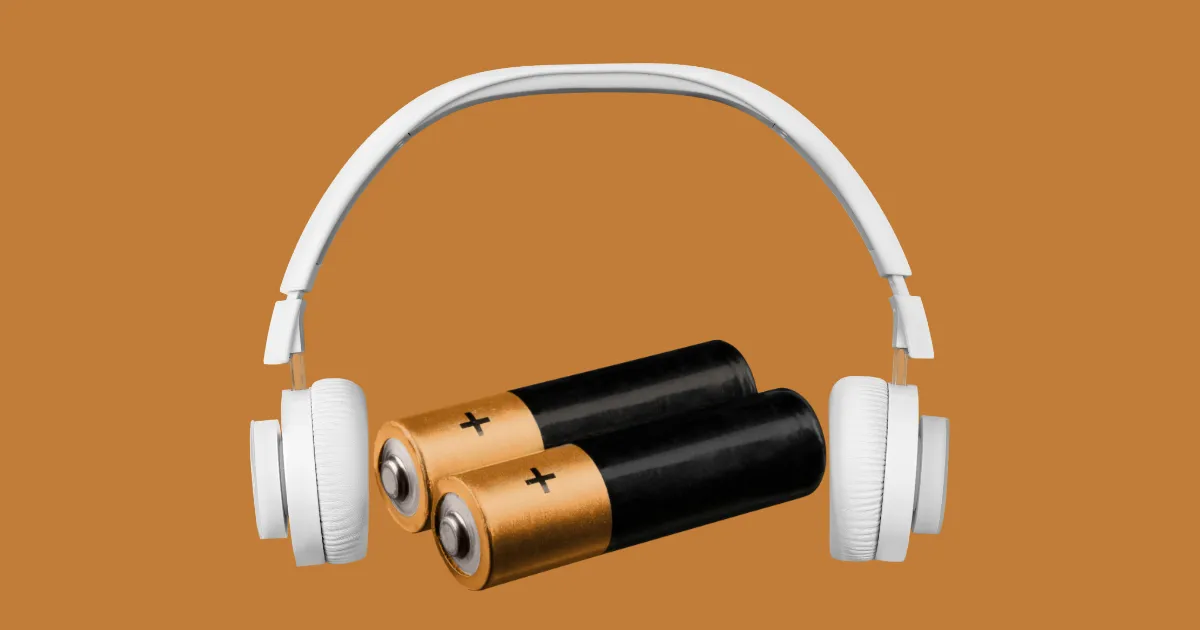
Are you curious about the battery life of travel headphones? Well, you’ve come to the right place! Whether you’re planning a long flight or a road trip, knowing how long your headphones will last on a single charge is essential.
In this article, we’ll dive into the world of battery life for travel headphones. We’ll explore the factors that affect battery performance, provide tips on maximizing battery life, and recommend some top-notch headphones with impressive battery capabilities. So, get ready to rock out without any battery fears!
Battery Life of Travel Headphones
Travel headphones offer a long-lasting battery life, allowing you to enjoy your music without interruptions. With advanced technology, these headphones can provide up to 30 hours of continuous playback on a single charge.
Whether you’re on a long flight or a road trip, travel headphones ensure that you never miss a beat. So, sit back, relax, and let your favorite tunes accompany you on your journey.
The Different Types of Travel Headphones
Before we dive into battery life specifics, it’s important to understand the different types of travel headphones available on the market. Each type has its own unique features and advantages, which can impact battery life. Let’s explore these types and their key characteristics:
1. Over-Ear Headphones:
Over-ear headphones are known for their superior sound quality and noise-cancellation capabilities. They often have larger batteries, allowing for longer battery life compared to other types of headphones. Depending on the model and usage, you can expect an average battery life of 20-30 hours on a single charge.
When it comes to over-ear travel headphones, it’s crucial to consider the active noise cancellation (ANC) feature. ANC requires additional power and can significantly impact battery life. Some headphones allow you to toggle ANC on and off to conserve battery, while others automatically adjust ANC levels based on the environment.
To get the most out of over-ear headphones, it’s recommended to charge them fully before each use and disable ANC when not needed. This way, you can enjoy a long-lasting battery life throughout your travels.
2. On-Ear Headphones:
On-ear headphones are smaller and lighter than over-ear models, making them ideal for portability. However, due to their smaller size, the battery capacity is generally smaller as well. On-ear headphones typically offer a battery life range of 10-20 hours, depending on the brand and usage.
If you opt for on-ear travel headphones, consider their specific features that can affect battery life. For instance, some models have touch controls or additional connectivity options like Bluetooth and NFC, which may consume more power. Be mindful of these features and their impact on battery life to ensure uninterrupted music playback throughout your travels.
Additionally, many on-ear headphones come with a carrying case that doubles as a charging station. This convenient feature extends the battery life by providing on-the-go charging options.
3. In-Ear Headphones:
In-ear headphones, also known as earbuds, are the most compact and lightweight option for travel. They are designed to be inserted into the ear canal, providing excellent noise isolation and comfort. However, due to their small size, the battery capacity is limited, resulting in shorter battery life.
On average, in-ear travel headphones offer a battery life of 4-10 hours per charge. This duration can vary based on factors such as volume levels, usage of additional features like built-in microphones, and connectivity options such as Bluetooth and wireless charging.
If you choose in-ear headphones for your travels, it’s advisable to keep a portable charging case handy. These cases are compact and often equipped with a built-in battery pack, allowing you to recharge your headphones on the go and enjoy extended listening sessions.
Tips for Maximizing Battery Life
Now that we’ve explored the different types of travel headphones and their average battery life durations, let’s discuss some helpful tips for maximizing battery efficiency:
1. Adjust the Volume:
Listening to audio at high volume levels can significantly drain the battery. By reducing the volume to a comfortable level, you can conserve battery power and enjoy long-lasting playback.
2. Disable Unused Features:
If your headphones have features like ANC, touch controls, or companion apps, disabling these when not in use can reduce unnecessary power consumption and extend battery life.
3. Optimize Bluetooth Connectivity:
Bluetooth connectivity can be a major drain on battery life. To maximize efficiency, ensure your headphones are fully paired with your device and avoid using them in environments with weak Bluetooth signals.
Additionally, consider using the latest Bluetooth version supported by your headphones and device, as newer versions often offer improved energy efficiency.
4. Keep Firmware Updated:
Manufacturers frequently release firmware updates for their headphones to enhance performance and optimize battery usage. It’s a good practice to regularly check for updates and install them to ensure you’re getting the most out of your headphones.
5. Be Mindful of Temperature:
Extreme temperatures, both hot and cold, can negatively impact battery performance. Avoid exposing your headphones to excessive heat or cold and store them in a temperature-controlled environment when not in use.
6. Carry a Portable Charger:
Investing in a portable charger or power bank can be a lifesaver, especially during long travels or when access to power outlets is limited. These portable chargers provide additional charging options and allow you to extend your battery life on the go.
7. Properly Store Your Headphones:
When not in use, store your travel headphones in a protective case or bag to prevent damage and maintain battery life. Avoid leaving them in extreme temperatures or humid environments, as this can degrade the battery over time.
Future of Travel Headphone Batteries
Innovations in battery technology are constantly shaping the future of portable audio devices, including travel headphones. As researchers continue to explore more efficient and long-lasting battery solutions, we can expect significant improvements in battery life for travel headphones in the coming years.
Some emerging technologies being explored include:
1. Graphene Batteries:
Graphene, a thin layer of carbon atoms arranged in a lattice, has shown promising potential for the development of high-capacity batteries. This technology could revolutionize the battery life of travel headphones by providing longer durations between charges.
2. Wireless Charging:
With the rise of wireless charging technology, travel headphones may adopt this feature, allowing users to conveniently charge their headphones by simply placing them on a charging pad or dock. This eliminates the need for messy cables and reduces wear and tear on charging ports.
3. Energy Harvesting:
Energy harvesting technologies, such as solar panels or kinetic energy converters, could enable travel headphones to generate their own power from ambient sources. This would potentially eliminate the need for external charging altogether, making headphones truly self-sustainable.
While these advancements are still in the research and development stage, they hold immense promise for revolutionizing the battery life of travel headphones and enhancing the overall user experience.
Remember, by understanding the different types of travel headphones, implementing battery-saving tips, and staying informed about emerging technologies, you can make informed decisions and enjoy uninterrupted audio experiences during your travels.
Frequently Asked Questions
Welcome to our FAQ section, where we answer some common questions about the battery life of travel headphones. Whether you’re a frequent flyer or a daily commuter, these answers will help you understand how long your headphones can last before needing a recharge.
1. How long does the battery of travel headphones typically last?
The battery life of travel headphones can vary depending on the make and model. On average, most travel headphones offer a battery life between 10 and 30 hours. This means you can enjoy your favorite tunes or podcasts for an extended period without needing to recharge. However, it’s important to note that battery life can be affected by various factors such as volume levels, noise cancellation usage, and connectivity options.
To get the most out of your travel headphones’ battery life, it’s recommended to use them at a moderate volume and turn off any additional features when not needed. Some headphones also come with energy-saving modes that can help prolong battery life when activated.
2. Are there any travel headphones with longer battery life?
Yes, there are travel headphones available in the market that offer extended battery life. The advancement in technology has led to the development of headphones with battery life exceeding 30 hours. These headphones utilize efficient power management systems and high-capacity batteries to provide users with longer listening sessions between charges.
If battery life is a crucial factor for you, it’s worth exploring options that specifically advertise longer battery spans. Keep in mind that such headphones may come at a higher price point due to their advanced features and longer-lasting batteries.
3. Can battery life be affected by noise cancellation?
Yes, noise cancellation can have an impact on battery life. Active noise cancellation technology works by using microphones to detect ambient sounds and then producing an opposite sound wave to cancel out the background noise. This process requires additional power and can drain the headphone’s battery faster.
If you plan to use noise cancellation frequently, it’s better to choose headphones with longer battery life or headphones that allow you to turn off the noise cancellation feature when not needed. This way, you can conserve battery power and use it only when you truly need noise isolation.
4. Do wireless travel headphones have shorter battery life?
Wireless travel headphones, particularly those that use Bluetooth technology, tend to have slightly shorter battery life compared to wired headphones. This is because wireless audio transmission requires continuous power consumption to maintain the connection between the headphones and the device.
However, advancements in Bluetooth technology have significantly improved the power efficiency of wireless headphones. Many manufacturers now offer wireless travel headphones with impressive battery life that can rival or even surpass that of some wired models. It’s always a good idea to check the specifications and reviews of wireless headphones to see if they meet your desired battery life expectations.
5. How can I maximize the battery life of my travel headphones?
To make your travel headphones last longer on a single charge, here are a few tips:
First, lower the volume to a comfortable level. Higher volume levels tend to consume more power and can drain the battery faster. Additionally, consider reducing the use of power-hungry features like active noise cancellation or any sound enhancement modes. Only enable these features when necessary.
Another way to maximize battery life is to keep your travel headphones in a cool and dry place. Extreme temperatures or high humidity can negatively affect battery performance. Lastly, it’s a good practice to regularly update your headphones’ firmware as manufacturers often release software updates to improve overall battery efficiency.
Travel headphones have different battery life, but around 15-40 hours is common. When choosing travel headphones, consider your needs, budget, and how long you’ll use them.

